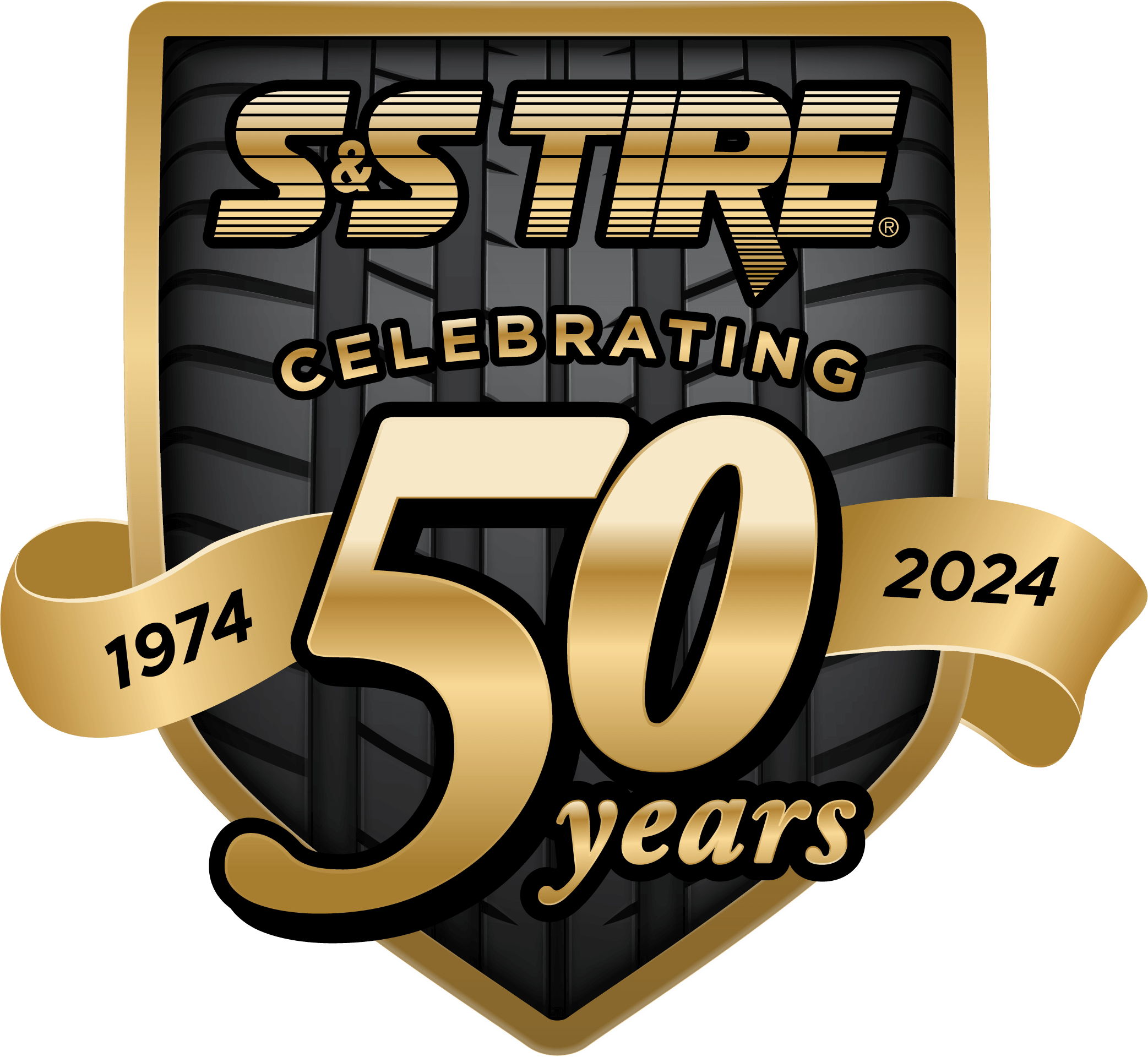Tips for Preparing for a Successful Commercial Fleet Inspection

S&S Tire and Best-One Tire is a critical commercial tire, fleet maintenance, fleet inspections, and 24/7 emergency service partner for long-haul truckers, freight companies, and owner-operators throughout Alabama, Kentucky, Tennessee, and West Virginia. Our TIA-certified experts are often asked to help customers prepare for Department of Transportation (DOT) inspections.
If you have been looking online for DOT truck inspecitions near me, state inspections near me, DOT inspection near me, or owner operator fleet inspections, we can help. We will explain the purpose of a DOT inspection, what is involved, how to prepare, and what to do in the event of an infraction or violation.
DOT Inspections Near Me
The Importance of a DOT Inspection
A DOT inspection ensures your truck – or fleet of trucks – and drivers comply with well-established DOT requirements, laws, and road safety guidelines governing commercial vehicles. The inspection ensures your business follows these guidelines for the safety of your drivers, trucks, cargo, and other road or highway drivers.
There are three types of DOT inspections. A Level I Inspection is the most extensive. It involves assessing your truck’s condition and ensuring your company’s adherence to Federal Motor Carrier Safety Administration (FMCSA) Hours-of-Service (HOS) driver regulations. It also involves inspecting driver certificates, endorsements, and commercial driver’s licenses (CDL) – among other driver-specific documentation.
A less intensive inspection is Level II. Commonly referred to as the “Walk-Around” inspection, it focuses more on the driver’s credentials and documentation while screening for drugs and alcohol. Finally, a Level III inspection focuses solely on a driver’s credentials and documents.
- Level I Inspection: Inspection of truck and driver.
- Level II Inspection: Driver credentials and drug and alcohol screening.
- Level III Inspection: Focused on driver credentials and supporting documentation.
How Should You Prepare for A DOT Inspection?
At S&S Tire / Best-One Tire, we advise owner-operators to manage their business as if experiencing a Level I inspection daily. Given that a Level I inspection is a thorough and complete assessment of the truck and driver, you must ensure your truck is in good condition, your driver is prepared, and that the documentation for both is ready.
So, what does that involve?

1. Truck Maintenance
Level I inspections include a thorough assessment of your truck. That includes a visual inspection of your truck’s undercarriage as well as a detailed assessment of your truck’s overall condition. This involves inspecting your truck’s brakes, brake system, exhaust, suspension, transmission, your truck’s tires, and electrical systems (lights) and ensuring there are no visible leaks and that all fluids are topped up.
- Brakes and brake system
- Exhaust
- Suspension
- Transmission
- Tires (good treads)
- Electrical systems (lights)
- No leaks
- Fluids (topped up)
If you regularly perform preventative maintenance on your truck, make sure to have that documentation ready. Before the inspection, do a walk-around inspection of your own. Have the driver do the same. The more individuals that inspect the truck before the DOT inspection, the better.
Ensure that everything is working properly. Make sure your tires do not show excessive treadwear and that all lights are working properly. If you notice any issues, have them addressed immediately.
2. Prepare Truck Documents
Ensure that you have all the required documents for the truck. Again, have all your truck maintenance records organized and ready. Ensure your truck’s registration, insurance, and driver’s license are valid and up to date. Finally, ensure your HOS records are updated and accurate.
- Truck registration
- Insurance
- Driver’s license
- HOS records
- Maintenance records
3. Prepare the Driver
Your driver must always remain patient and professional. It is common for drivers to take offense to perceived slights. Truck drivers can easily develop an attachment to their vehicles. The most proactive truck driver properly maintains their truck and ensures it is in good condition.
A DOT inspector can easily bring up something about the truck that the driver disagrees with. Ensure your driver understands that the inspector is simply there to bring up what they see as potential issues. It is not personal.
The inspector may also ask questions about the driver’s experience, truck maintenance, and any CDL endorsements they have secured, such as double trailer (T endorsement), tank trailers (N endorsement), or hazardous waste / dangerous liquid transportation (H and X endorsements).
- CDL Endorsements
- HOS records
- Driver’s license
- Medical certificate
How to Handle Violations
If you have a violation during the DOT inspection, take immediate action. The DOT inspector will want to see what action was taken to resolve the violation and the preventative steps you are taking to guard against the same violation occurring in the future.
You can use a simple corrective action report or simply provide a list of the corrective actions you have taken. Always keep the line of communication open and professional.
S&S Tire and Best-One Tire: Your Fleet and Commercial Tire Partner
At S&S Tire / Best-One Tire, we can help you and your team be better prepared for future DOT inspections. If you have just gone through an inspection and need to be better prepared for the next one or have a violation to address, then our TIA-certified trainers, tire experts, and fleet management team stand ready to serve.
If you are concerned about a DOT inspection and just want to be better prepared, contact us now.
